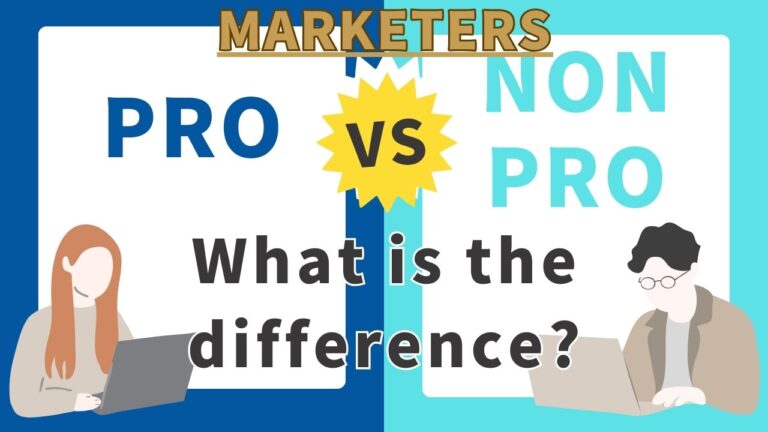Thinking Like a Marketer: Logical, Critical, and Lateral Thinking
The marketing world thrives on creativity, but it also needs a solid foundation in clear thinking. That’s where logical, critical, and lateral thinking come in. These three thinking styles, while sometimes overlapping, offer distinct approaches to problem-solving and idea generation, making them essential tools for any marketer’s toolbox.
1. Logical Thinking: The Straight Shooter
Imagine a train traveling at 60 miles per hour. If it covers 120 miles, how long did it take? Logical thinking employs a step-by-step, rule-based approach. It excels at solving problems with clear-cut solutions that follow established formulas or principles.
- Example: A marketing team uses a tried-and-tested sales funnel to convert website visitors into paying customers. Each stage of the funnel is logical, guiding users towards a specific action.
- Strength: Efficiency, accuracy, and reliability.
- Weakness: Can be rigid and inflexible in the face of unexpected situations.
2. Critical Thinking: The Questioner
Critical thinking delves deeper, questioning assumptions and analyzing information from various angles. It involves evaluating evidence, identifying biases, and forming well-reasoned arguments.
- Example: A marketing campaign underperforms. Critical thinkers analyze data, user feedback, and competitor strategies to identify the root cause of the issue, allowing for adjustments and improvements.
- Strength: Uncovers hidden flaws, strengthens arguments, and fosters informed decision-making.
- Weakness: Can lead to analysis paralysis if not balanced with decisive action.
3. Lateral Thinking: The Rule Breaker
Lateral thinking throws logic out the window, focusing on unconventional solutions and challenging established patterns. It encourages out-of-the-box ideas and unexpected connections.
- Example: A brand wants to launch a new product but struggles to stand out in a crowded market. Lateral thinking might involve unexpected partnerships, unique product uses, or unconventional advertising strategies.
- Strength: Sparks innovation, leads to breakthrough ideas, and helps break through creative roadblocks.
- Weakness: Can result in impractical or unrealistic solutions if not grounded in logic and practicality.
The Marketing Powerhouse Trio
These thinking styles aren’t mutually exclusive; they work best in synergy. Logical thinking provides a solid framework, critical thinking refines ideas, and lateral thinking injects creativity.
Marketing campaigns that follow a logical structure, critically analyze target audiences and competition, and incorporate a dash of lateral thinking for unexpected twists are more likely to capture attention and achieve success.
So, the next time you’re brainstorming a marketing strategy, remember: a healthy dose of logical, critical, and lateral thinking can turn your marketing efforts into a powerful force!



